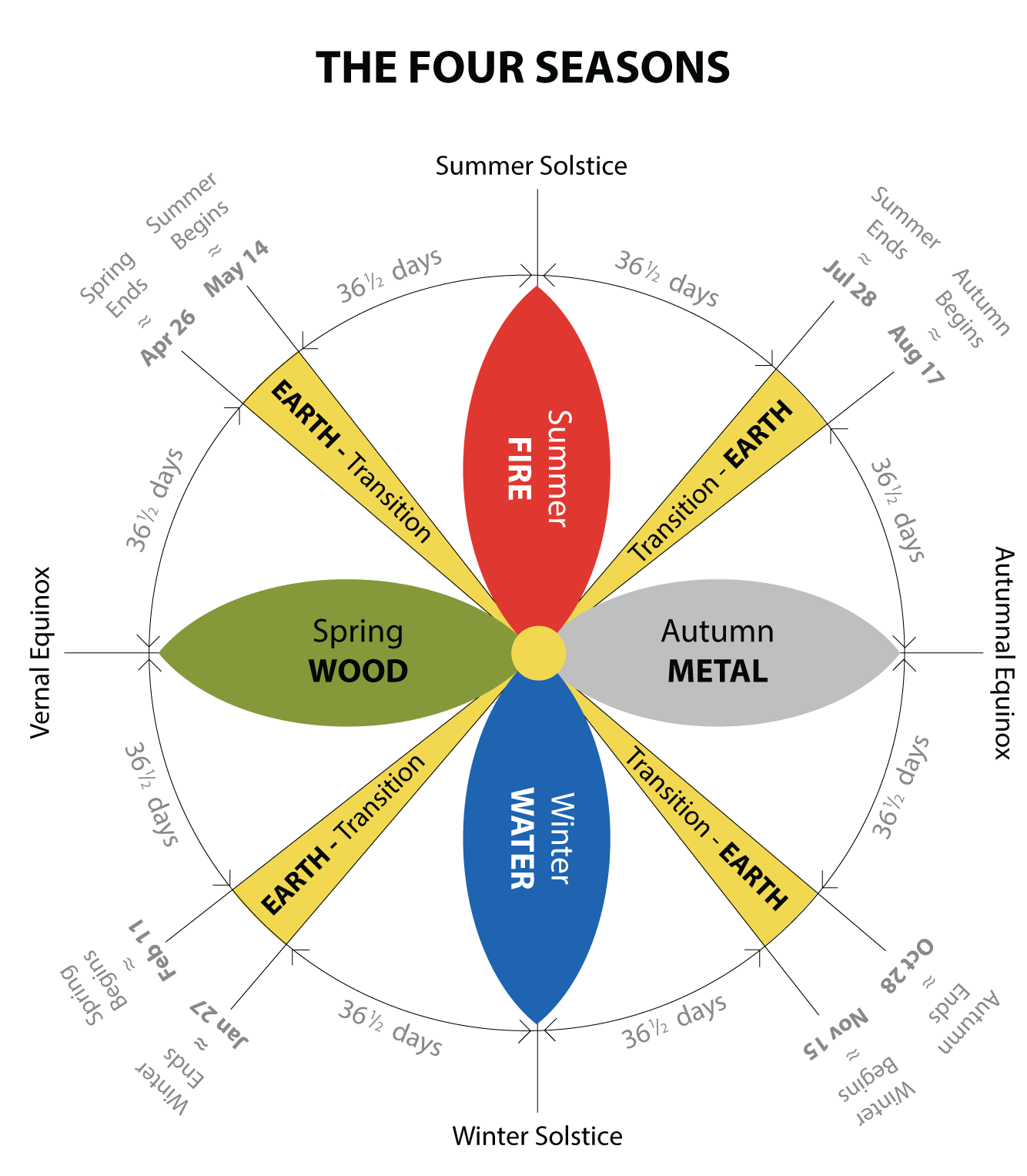When is new year anyway?
2022 The year of the Tiger
In our Gregorian calendar, the New Year is celebrated on January 1st. I’ve always wondered why. It seems kind of arbitrary.
The new year in China is celebrated at the 2nd new moon after the winter solstice. It lands at the end of January or early February, depending on the year. The celebration is commonly referred to as the “Spring Festival” and is a time for families to gather and to undertake a thorough cleaning of the home. Cleaning sweeps away any ill fortune and makes room for fresh prosperity in the New Year. This year, Chinese New Year is February 1st.
In Maine, early February is when “cabin fever” sets in and I get antsy and start cleaning out things we are no longer using and vacuuming behind the furniture. A “spring cleaning,” if you will. The down and in, cozy up with a book energy of the winter (water) season has completed its gathering of the deep yin energy, filled the reserves and there is a new surge of energy to tackle projects. It makes sense that the pull to get things cleaned out and made ready would correspond with the energy of spring and the surge of rebirth and new life. And, to me, it makes sense that this would be the beginning of the New Year.
If we work with the understanding that the seasons are 36½ days on either side of the solstice or equinox, we can see that winter ends around January 27th (depending on the date of the winter solstice). By the end of January, any gathering of potential energy to fuel the coming growing season has occurred and we enter the Earth transition for a couple of weeks before the spring energy comes in around February 11th. It is after that point that the antsy cabin fever feeling sets in because the energy is starting to move up and out like crocuses pushing up through the snow and we respond by feeling a new surge of energy to get things moving, and yet we are still mostly indoors. We get a little impatient and antsy because the spring energy is telling us to get moving while it is still cold and snowy outside. So what do we do with that energy? Clean.
We can use the example of baking a cake to help clarify. The winter (Water) phase of the baking process is the part where you are sitting on the couch with a cup of tea and your favorite cookbooks spread out all around you. You are leafing through, looking at the pictures, and when one catches your eye, you read through the recipe to see how complicated it is, mull over the merits of chocolate versus carrot, and whether you have the ingredients. This is how you gather the potential energy and resources required to make a cake in the form of know-how and ingredients. As soon as you get up off the couch and head for the kitchen, you are in the early spring (Wood) phase because there is movement, the beginning of something actually happening that is visible to the outside world. Your energy has moved up off the couch and out of the living room. It is that up and out energy that we recognize as spring (Wood) energy.
Here in Maine, by the second week of February, we start to hear the chickadees, who have been silent through the winter, start to sing. Sap buckets are being hung on the sugar maples because very soon the sap will run. Sap running is a beautiful example of the surging up and out energy of spring. When temperatures rise to around 40℉ during the day and drop below freezing at night, maple syrup makers are collecting sap. The warm daytime temperatures stimulate the sap to rise from deep in the roots where it has been gathering sugars that the tree will need in the coming growing season. The sap moves up towards the branches and then falls back down at night when the temperature drops. It is this surging up and falling back down cycle of movement that makes it possible to catch some of the sap as it moves by the tap in the tree, and it typifies the energetic movement of Spring (Wood).
Once the nighttime temperature stays above freezing, the sap does not retreat, and sugaring is over for the year.
We can use this natural surging, up-off-the-couch energy to our advantage in lots of ways, but one of the most obvious is in “New Year’s Resolutions.” There is nothing about mid-winter (January 1) that is helpful in taking on a new project in the form of new, usually challenging, personal improvement plan because the natural world is still in the sitting on the couch and gathering potential energy phase. Why not wait until early February to start that new food or exercise plan, a new business plan, a new home project? You will have a much better chance of success because you will be riding that powerful surge of energy that brings new life into the world. Spring!





